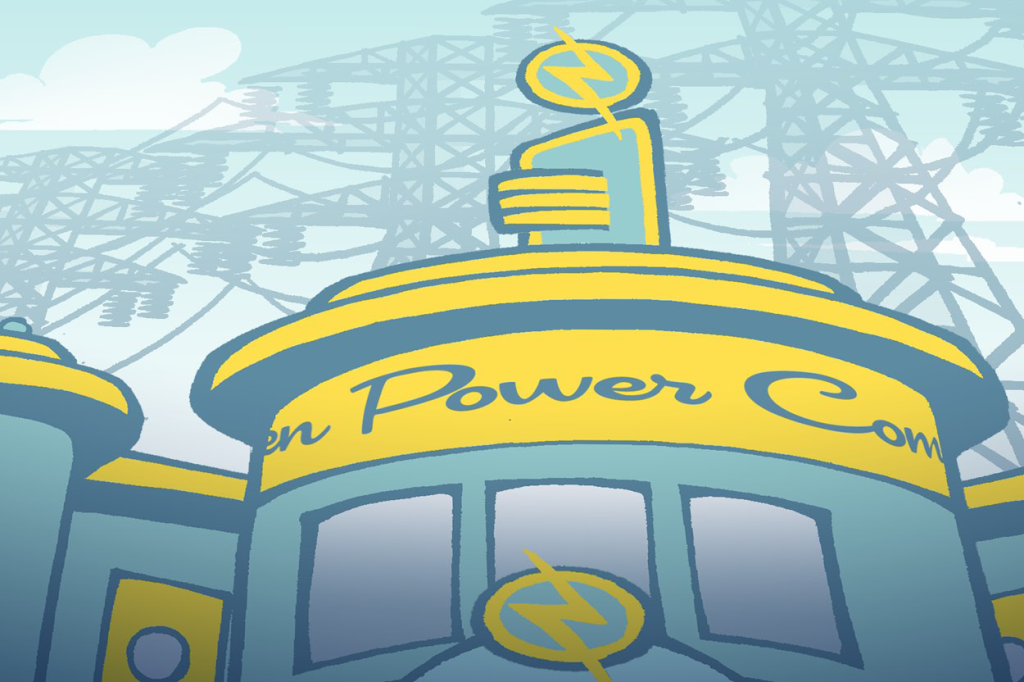Millions of Electric Vehicles May Drive New Business Models
In a future with widespread electric transportation, there is at least one certainty: An enormous flow of electrons will be required to power millions of vehicles. What’s uncertain is how the additional demand will affect utility operations. That depends in part on how and where that charging occurs.
In one scenario, utilities deliver energy to batteries in vehicles parked at residences and commercial and industrial centers. This is similar to electricity delivery today, so it wouldn’t require a fundamental shift in utility business models.
Dan Bowermaster, program manager of EPRI’s electric transportation initiative, points out that this scenario is a natural outgrowth of today’s customer habits and infrastructure. “Most people charge at home or work because that is where their cars sit most of the day,” he said. “Houses and businesses will have the wiring and charging stations needed for people to plug in their vehicles and replenish their batteries. They’re safe, reliable, easy to use, and make sense to people.”
Michael Rowand, Duke Energy’s director of technology development, says that another scenario is that vehicles could be charged when they’re on the road. “In 2050, we could be looking at electrified roadways that are providing transportation energy as vehicles are moving and consuming electricity, rather than stationary charging.”
Duke Energy, Toyota, Cisco, Clemson University, and the U.S. Department of Energy are testing wireless charging at the International Transportation Innovation Center in Greenville, South Carolina. In 2015, batteries in stationary Toyota vehicles with wireless transfer systems were successfully charged. The next step is to test in-motion wireless charging.
According to Rowand, if in-motion wireless charging technology becomes cost-effective, it could be installed along a handful of five-mile stretches of Interstate-85 in Duke Energy’s North Carolina service territory. But Rowand adds that this is still an early-stage technology. “We have no installation plans,” he said.
Widespread wireless charging would require new rate structures, new metering technology, and new infrastructure, such as coils under roads that transmit current to vehicles. Together, these could lead to new utility business models. “Because this charging is so different from stationary loads, one possibility is that electric transportation will become its own customer class, separate from industrial, commercial, and residential,” said Rowand.
Bowermaster is skeptical about widespread electrified roadways because of the complexity of construction, operations, maintenance, and safety. That said, he sees the possibility of “en route” charging for commercial and industrial transit vehicles—which may require a new type of electric utility. “It could be some kind of utility partnership with state or local road agencies,” he said.
Bowermaster expects that while the bulk of charging will take place at drivers’ homes and workplaces, a network of stationary charging infrastructure will emerge at stores and other public sites to support local driving and long-distance trips. “What this means for utility business models is up in the air,” he said. “It will probably be a mixture of some infrastructure owned by municipalities, some owned by utilities, and some owned privately.”





